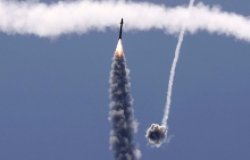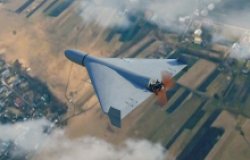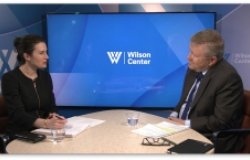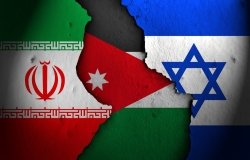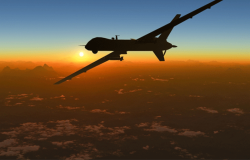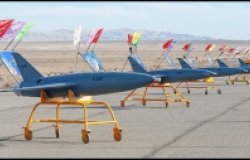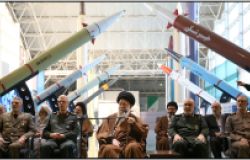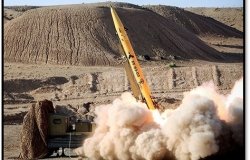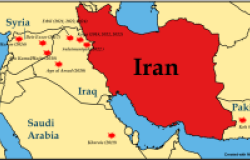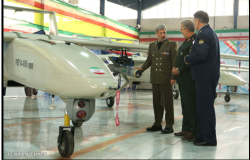The Striking Scale of Pakistani Taliban’s Attack on Peshawar School
Sadly, this attack could mark the start of a new phase in the Pakistani Taliban’s campaign against the government, writes Michael Kugelman.
In Pakistan, sadly, there is precedent for attacks on children, including the shooting of schoolgirl Malala Yousafzai in 2012 and an assault on kids playing soccer last year.
But the scale of Tuesday’s attack by Taliban gunmen on a military-run school in Peshawar is shocking. Five hundred school children were taken hostage, and more than 120 people, mostly children and teenagers, have been killed.
Reports have emerged of terrorists storming from classroom to classroom, firing away; of grieving parents; as well as harrowing images of small coffins intermixed with those of bloodied and bewildered children staggering away from the destruction. “My son was my dream. My dream is dead now” is one of the wrenching reactions making the rounds on social media.
This is not the first time a Pakistani school has been targeted. Early this year, a heroic teenager tackled a suicide bomber outside his school in northwest Pakistan; the bomber blew himself up, killing them both. But the attack in Peshawar appears to be the most violent assault on a school since the 2004 massacre in Beslan, Russia, in which more than 330 were killed.
Any day is a bad day for a tragedy. But Tuesday’s horrors occurred on a particularly bad day for Pakistanis. Dec. 16 was the day in 1971 when half of Pakistan’s territory was lost to Bangladesh in the latter’s war for independence. An already inauspicious date has become even more so.
Tuesday’s assault came during a relative lull in the terrorist violence that has roiled Pakistan in recent years. The military has been waging a major offensive in the militant haven of North Waziristan, and there had been relatively few retaliatory attacks by the Pakistani Taliban. Some observers interpreted this as evidence of military success. Others, however, suspect that the militants, temporarily displaced, have been taking time to strategize and reorient before relaunching their war on the Pakistani state.
When it claimed responsibility on Tuesday, the Pakistani Taliban said it targeted an army school because it wanted the government “to feel the pain” for the North Waziristan operation.
Sadly, this attack could mark the start of a new phase in the Pakistani Taliban’s campaign against the government in which the Taliban–despite being weakened operationally by drone strikes and military operations, and weakened institutionally by internal disagreements–unleashes its murderous fury on a population that may have been lulled into complacency by a few deceptively calm recent months.
The opinions expressed here are soley those of the author.
This article was originally published in The Wall Street Journal's Washington Wire.
About the Author


Indo-Pacific Program
The Indo-Pacific Program promotes policy debate and intellectual discussions on US interests in the Asia-Pacific as well as political, economic, security, and social issues relating to the world’s most populous and economically dynamic region. Read more
